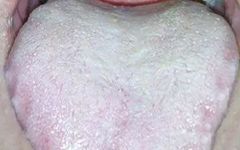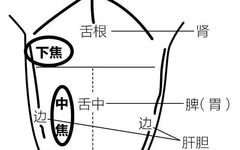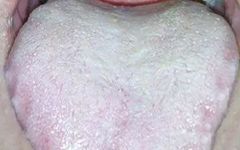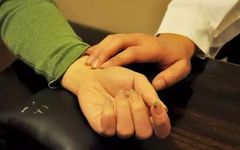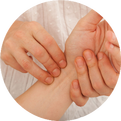Understanding Tongue Coating in Traditional Chinese Medicine
Editor’s Note When diagnosing patients, doctors often ask them to stick out their tongues for examination, which is known as tongue diagnosis in Traditional Chinese Medicine (TCM). What do doctors typically look for when observing the tongue? Generally, they need to examine the color and texture of the coating, as well as the sublingual veins, … Read more


